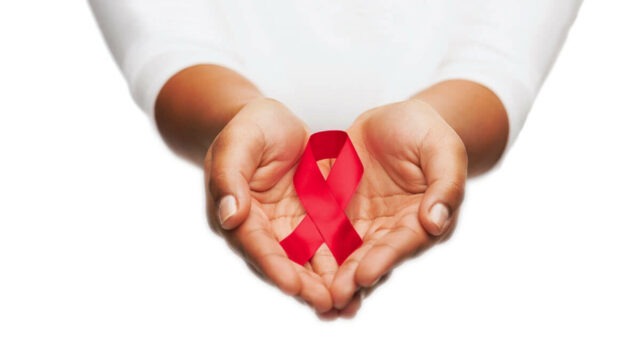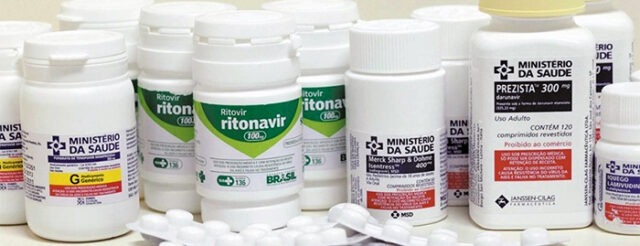
The first patients that the HIV-AIDS Clinic of the Hospital of Puntarenas attended had encountered a complicated situation, where medicine had no solutions and ignorance about the disease, making care difficult. The center’s infectologist, Alfredo Messino, recalls that one of the patients suffered a fall and not even the health personnel dared to treat him.
“At the beginning we tried to encourage the patients but we didn’t really have much to do, what we did was accompany patients until they died, people were afraid of them,” recalls the expert.
Decades later and with HIV classified as a chronic and no longer fatal disease, Messino warns about the need to carry out tests in time to ensure effective treatment. “Being afraid of HIV and hiding is not a solution, it is important to make the diagnosis as quickly as possible since for a patient reaching the final stage it can take up to 10-15 years, avoiding all that wear”, he warns.
Addressing all the variables of the disease is another of the recommended points and in which various areas of the Costa Rican Social Security Fund (CCSS) exchange efforts.
Treatment of all types

The approach to HIV had a radical change with the appearance of antiretrovirals that slow down the progression of the disease. With them, patients can increase their CD4 cells – a fundamental part of the immune system – in a matter of months. It can even reach the condition of “undetectable“, which reduces the burden of an eventual contagion. Hand in hand with treatments, however, goes a social construction around HIV that still continues to generate complications.
Dr. Messino himself details that before explaining the disease and the options to a patient, their emotional condition is essential. Stereotypes are an important obstacle at that point. “You have to break with that past, explain to the patient all the technological achievements and scientific advances that HIV has had and not been socialized in a correct way, so that they lose their fear,” adds clinical psychologist Roberto Gutiérrez from Hospital Calderón Guardia.
Hand in hand with this accompaniment, the nutrition team also enters since the manifestations of HIV are changing. While one group is facing weight loss, another has cholesterol problems or increased cardiovascular risk.
Maripaz Suárez, a professional in the area, indicated that according to the patient there will be adjustments to the needs of protein, fiber or physical activity that will also have to be monitored in their care.
HIV increases 10% a year in Costa Rica
Until 2019, Costa Rica had detected 10,676 cases of HIV, but with a strong increase trend. The coordinator of sexually transmitted diseases (STDs) of the CCSS, Gloria Terwes, warns that the average is a 10% to 12% annual increase. Along with HIV, Terwes warns, other highly prevalent STDs such as syphilis are growing.
Although the disease is widely affected, the incidence in men is still the majority. It also highlights a high detection in the group of 20 to 29 years. “We continue to have high numbers, our prevalence is positioned in men but we cannot ignore that women can be infected,” said Terwes.
Against this background, it was insisted that in the case of being sexually active, the approach to the tests is essential. These are free and are enabled throughout the country. The use of condoms also stands out as a determining barrier to combat the virus, which is also accompanied by more education to try to change the national statistics.

